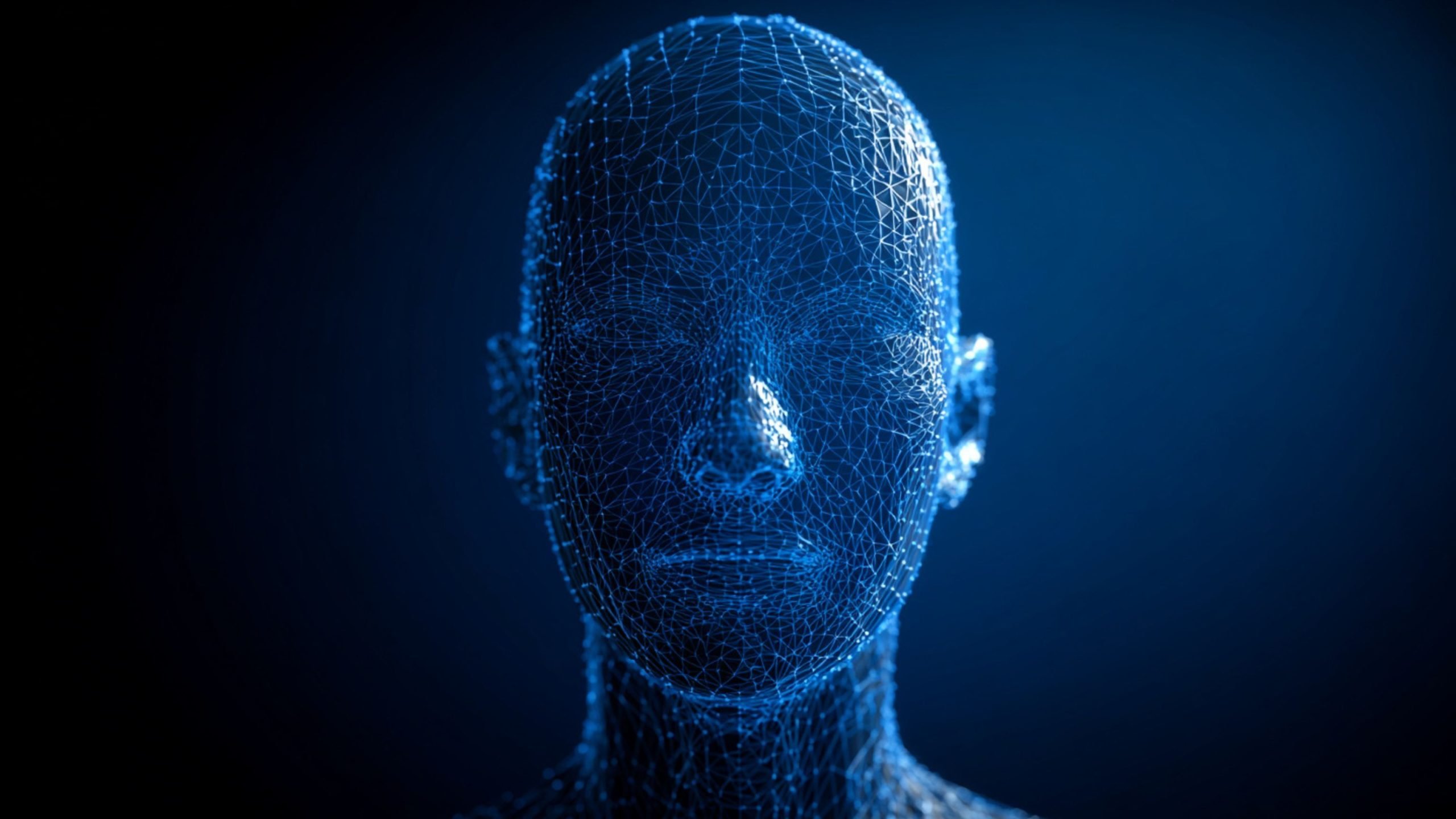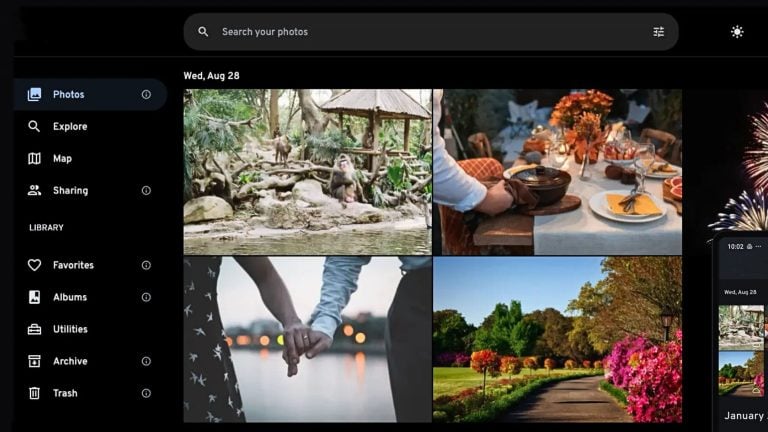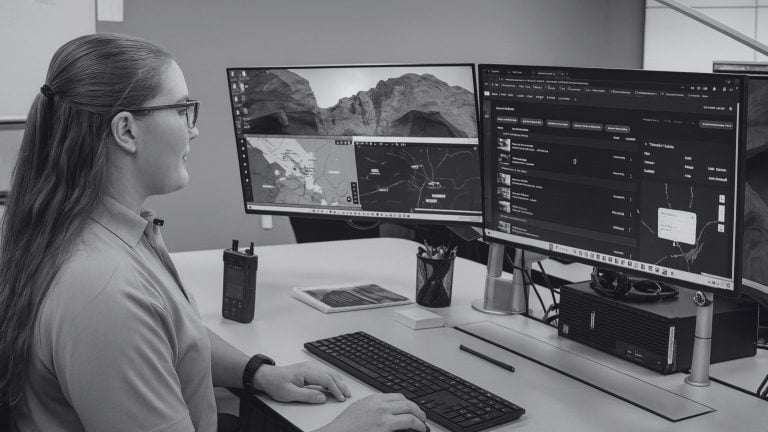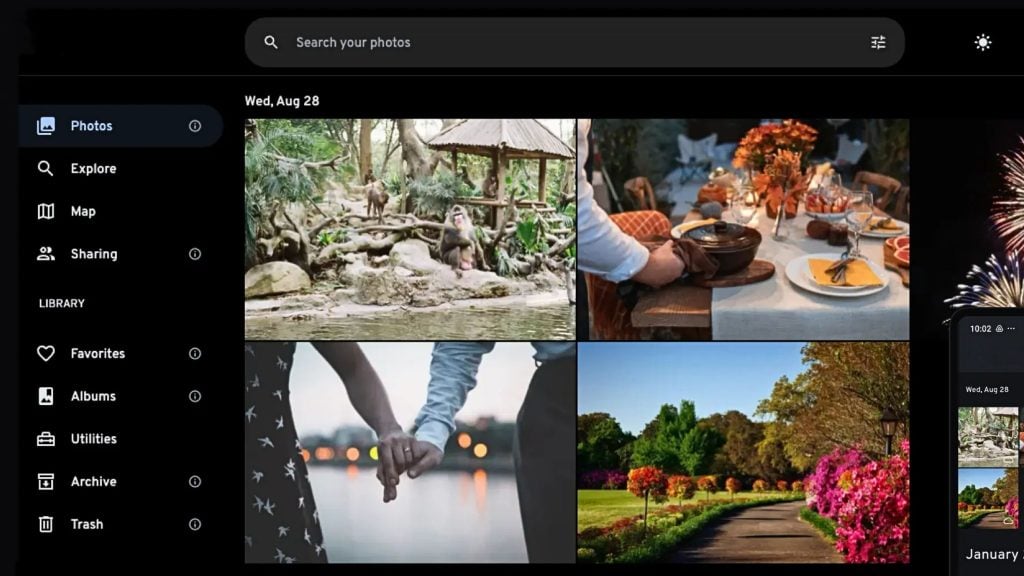Australia is moving forward with a national facial recognition network that will link millions of citizens’ identity documents, despite ongoing uncertainty about privacy safeguards.
The National Driver Licence Facial Recognition Solution (NDLFRS) will merge biometric data from driver’s licenses and passports so that both government departments and private businesses can verify individuals’ identities.
The proposal dates back eight years but has recently accelerated. The Digital Transformation Agency confirmed that the Department of Home Affairs will host the system, while each state and territory will continue to manage its own data.
The agency stated that the project aims “to protect Australian people from identity theft, to manage and prevent crime, to increase road safety and to improve identity verification.”
It also noted that “Tasmania, Victoria and South Australia have provided data to the NDLFRS, with other states and territories to follow.”
Although the initiative remains marked as “unendorsed,” the government is preparing to activate key components.
The Attorney-General’s Department has announced that the accompanying Face Verification Service (FVS), which checks whether a person’s facial image matches the photo held in official records, is expected to begin operation in 2025.
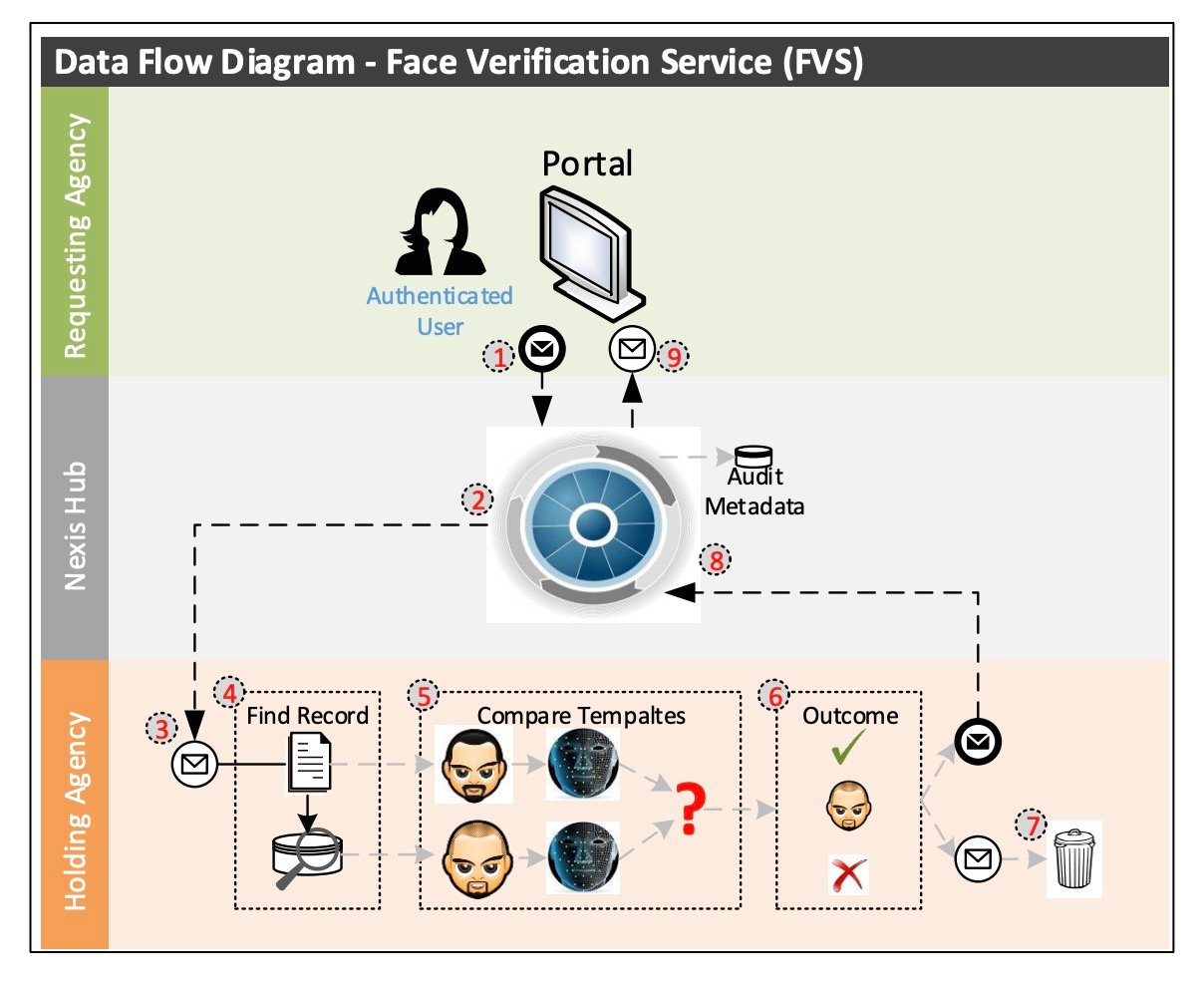
Western Australia is likely to be the first jurisdiction to share its driver’s license data before the end of this year.
Once operational, the network will allow facial images from passports and licenses to be used for verification in a range of settings.
However, the Digital Transformation Agency has acknowledged that governance structures, risk management systems, and oversight arrangements are still being developed.
It also said that biometric decisions will continue to involve human oversight and that, at least for now, people must have the option to use non-biometric verification methods.
The government has not clarified whether concerns about privacy and data security have been resolved. Greens Senator David Shoebridge criticized the rapid progress of the rollout, arguing the government had “failed to live up to its commitment to have stronger privacy laws in place to protect our online data.”
He said, “This should not be rolled out until we have privacy laws fit for purpose that put far stronger barriers to this data being lost, misused or hacked,” and warned that “Facial recognition data is some of the most personal information that can be shared online, and right now, there is no confidence that the Albanese government has protections in place to keep this data safe.”
The NDLFRS was first agreed upon in 2017, when federal, state, and territory leaders committed to creating a shared repository of biometric facial images for use by law enforcement and other agencies.
Then-Prime Minister Malcolm Turnbull rejected claims that the plan constituted “mass surveillance.”
Progress stalled when the Coalition’s Identity-Matching Services Bill 2019 failed to pass Parliament.
The current government revived the proposal through a scaled-back legislative package, the Identity Verification Services Act and its related amendments.

